Tag: piano
-
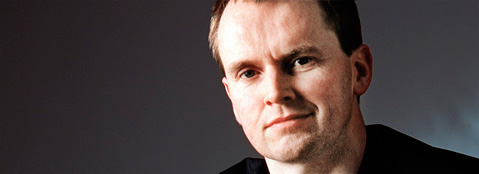
PROGRAM NOTES: STEVEN OSBORNE
Ludwig van Beethoven Piano Sonata (“Moonlight”) in C sharp minor, Op.27, no.2 (Sonata quasi una Fantasia) The year 1801 marked not only the dawn of a new century, but also a significant new approach on Beethoven’s part to matters of form and structure in the piano sonata. The bold use of unusual and exotic keys,…
-

PROGRAM NOTES: KHATIA BUNIATISHVILI
Khatia Buniatishvili, piano Chan Centre for the Performing Arts Monday, January 23, 2011 Franz Joseph Haydn, piano sonata no. 33 in C minor, Hob. XVI/20 Although Haydn’s role in the development of the symphony and string quartet is secure in the minds of many people, but they are still apt to forget just how important…
-
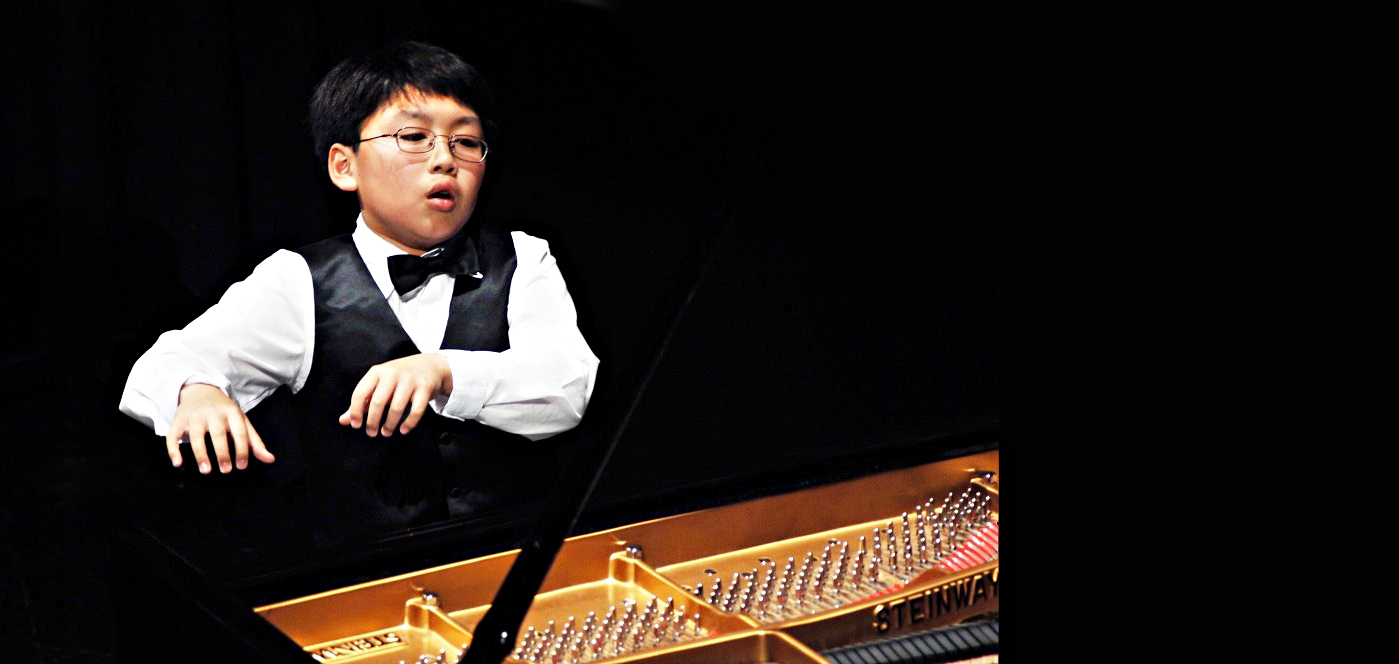
PROGRAM NOTES: GEORGE LI
George Li Program Notes Performance: Vancouver Playhouse, Sunday, December 4, 2011 Carl Czerny Variations on a Theme by Rode, Op. 33 (“La Ricordanza”) Most concertgoers know Carl Czerny only as the early nineteenth-century pedagogue who churned out endless dull exercises that continue to be inflicted upon piano students this day. True, he did compose a…
-

THE REMARKABLE CAREER OF GEORGE LI
And what a career it has been for this 15 year old pianist! George Li began winning competitions at age 6 and he made is first public performance at Boston Steinway Hall at the age of nine. One of his biggest achievements came in 2010 when he performed Chopin’s Piano Concerto no. 1 with the…
-
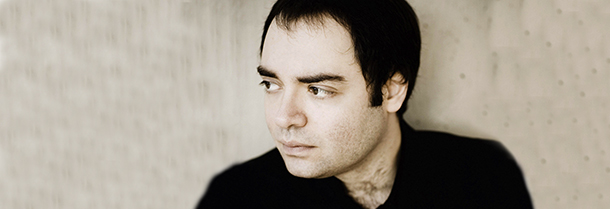
A GROWING APPRECIATION: PRELUDES AND FUGUES BY SHOSTAKOVICH
Perhaps it has been a deficiency in my musical education, but I have found it hard to warm to Shostakovich’s Preludes and Fugues. Written in 1950-51 and influenced by Bach and in a lineage of prelude collections by Chopin, Scriabin, Busoni, Debussy, and Rachmaninoff, these works have generally remained on the outskirts of the repertoire.…
-
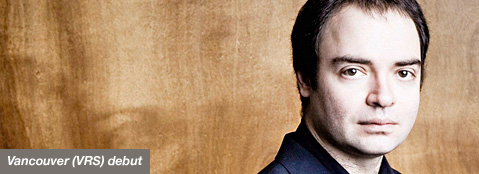
PROGRAM NOTES: SHOSTAKOVICH PRELUDES AND FUGUES
Dmitri Shostakovich: 12 Preludes and Fugues from Op. 87 Like many of the great composers before him (Bach, Handel, Mozart, Beethoven, Chopin, Liszt and Rachmaninoff, among others), Shostakovich possessed the skills of a keyboard virtuoso, and might well have sustained a successful career as such. Among his prizes was one from the First International Chopin…
-
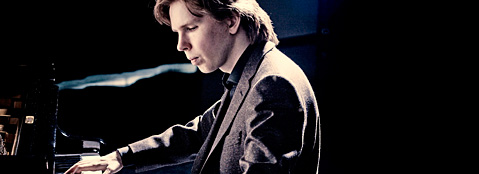
GETTING TO KNOW: JUHO POHJONEN
“I receive something valuable through music – and I hope that each listener will feel that they have too.” On his music education: “I started to play violin in a children’s music school at the age of two-and-a-half. My brother – now also a professional pianist and a composer – was already studying piano at…
-
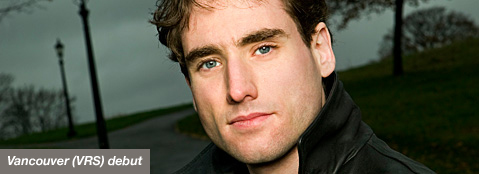
A PASSING THOUGHT
Our 32nd season opened this past Sunday with the Russian-born, Israeli-based pianist Boris Giltburg. He may be young (27 years), and he may not be a household name, but he left no doubt he is an artist to watch. The buzz in the lobby at intermission was great: one woman described to me his ‘magic fingers’…
-

SERVING UP VIRTUOSITY
I read with interest a New York Times article (found here) about the plethora of virtuosi currently found on the concert stages. According to the author, Anthony Tommasini, there are perhaps more technically gifted pianists now than at any other time. Compositions that were once the exclusive domain of the rare pianists are now commonplace…


